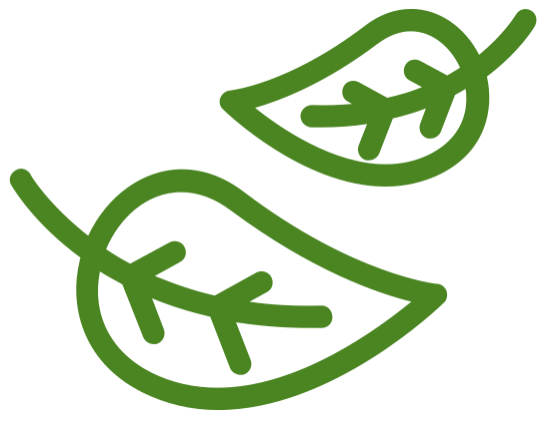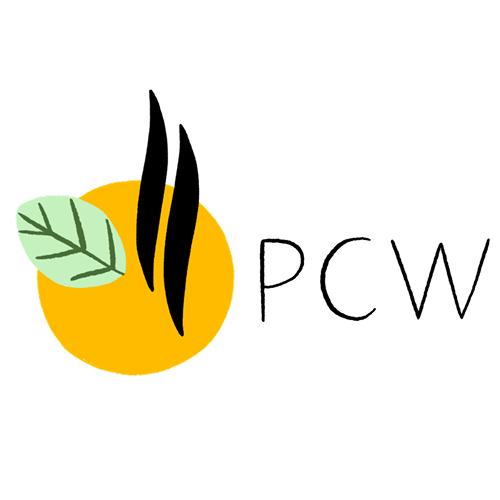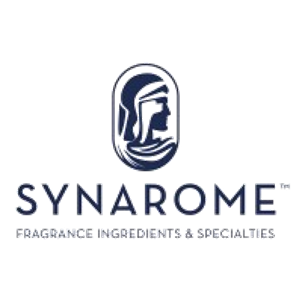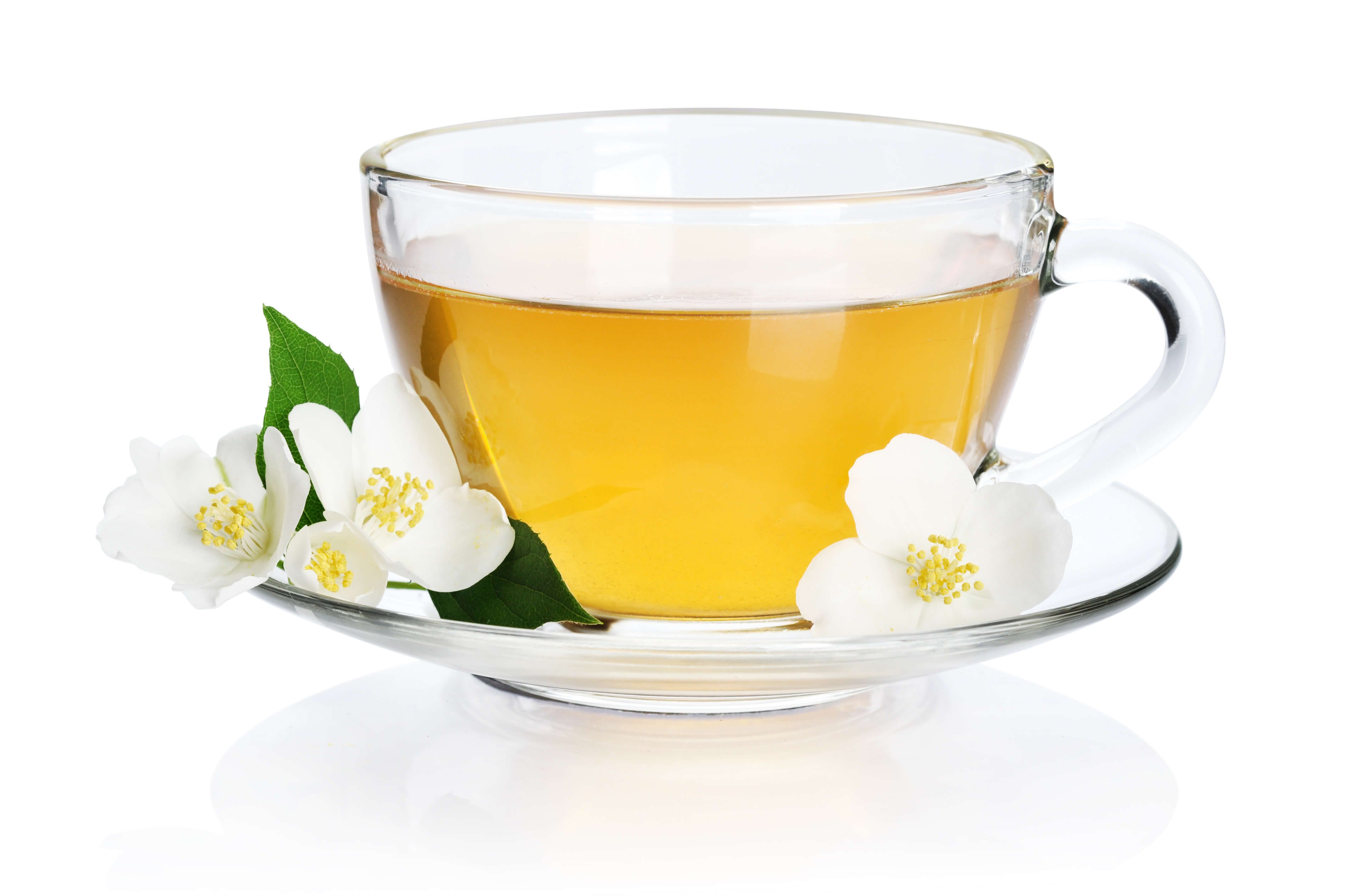
| Company | Ingredient Name | ID | Comments | Naturality | Certifications | MOQ | Latin name | Treated part | Geographical origin |
|---|---|---|---|---|---|---|---|---|---|
|
|
TEA JASMINE SFE | 987004 |
Visit website
|
Naturals | - | CAMELLIA SINENSIS,JASMINUM OFFICINALE | - | - | |
|
|
Thé au Jasmin CO2 - 30gr | - |
Visit website
|
- | - | - | - | - |
General Presentation
-
CAS N° :
68916-73-4 -
EINECS number :
614-787-9 -
FEMA number :
Donnée indisponible.
-
Volatility :
Head/Heart -
Price Range :
Donnée indisponible.
Physico-chemical properties
-
Appearance :
Yellow liquid -
Density :
-
Refractive Index @20°C :
Data not available. -
Optical rotation :
-
Vapor pressure :
Data not available. -
Flash Point :
Data not available. -
Acid Value :
Botanical informations
Botanical name :
Camellia sinensis (L.) Kuntze
Synonyms : Camellia sinensis var. sinensis // Camellia theifera var. macrophylla (Siebold ex Miq.) Matsum.
Botanical profile :
Tea designates the leaves of a shrub belonging to the Theaceae family and the genus Camellia L.
Chemotypes :
The origin of the different species of tea plant is uncertain. The species Camellia sinensis is the most pread one and originates from China. Three other species are less widespread: Camellia assamica (India), Camellia taliensis (Golden Triangle) and Camellia nitidissima (Guangxi Province, China). Each species also has many botanical varieties, called ''cultivars '', whose names are often only known by professionals or well-informed amateurs, except in Japan (e.g. Goko tea, used to make matcha or gyokuro tea).
The notion of ''variety '' of tea is included in the way they are treated. Depending on the process, the olfactory and gustatory impact is not the same:
Black tea (or red tea) is more woody, ripe fruits, rosy, honeyed, but its smell depends on its region of culture and on the weather.
Green tea has a dry fruits and cooked plant smell, pyrogenic and floral-magnolia.
Oolong tea (blue tea) has a very varied aromatic range, from rosy to woody, yellow fruits-like, etc.
White tea is earthy-patchouli, even minty for some, or fruity-apricot. However, it is less powerful.
Yellow tea is produced in very low quantity (only in China) and has the same notes as green tea, with additional notes of hemp and linen (due to the balottins in which it is smothered).
Ripe tea has notes of mushroom, undergrowth, bark, is sometimes floral-green and aromatic.
Extractions & Uses
Extraction process :
Data not available.
Uses in perfumery :
A fresh floral green ingredient, striking the perfect balance between fresh green tea leaves and jasmine, providing sweetness and softness. It blends harmoniously with citrus and sparkling notes, as well as with all types of woods, musks, and ambers.
TEA JASMINE SFE can be used within feminine, genderless, or Cologne style scents.
Stability :
Data not available.
Major Components :
Data not available.
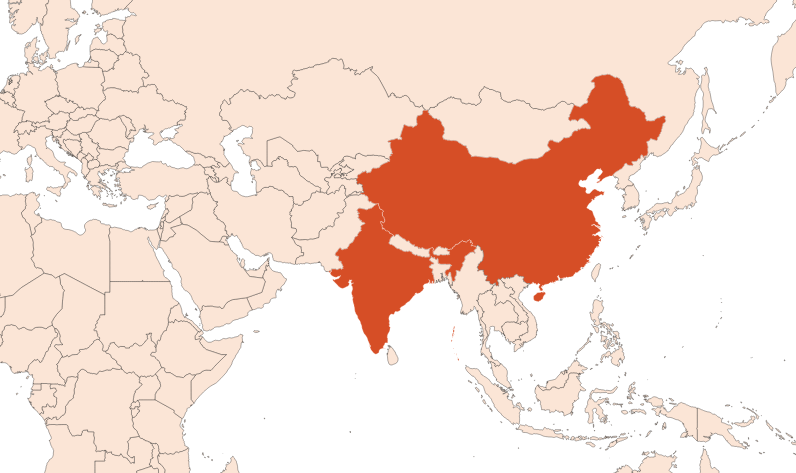
Photo credits: ScenTree SAS
Other comments :
Data not available.
IFRA
IFRA 51th :
This ingredient is not restricted for the 51th amendment


